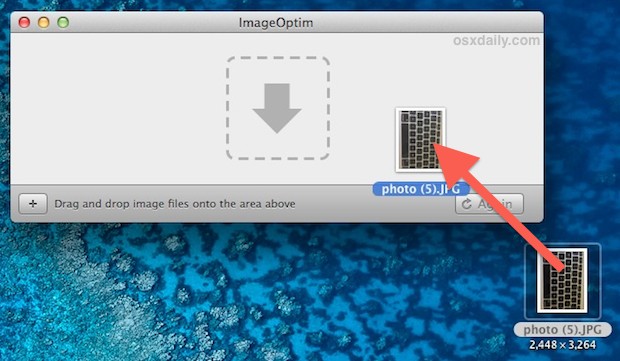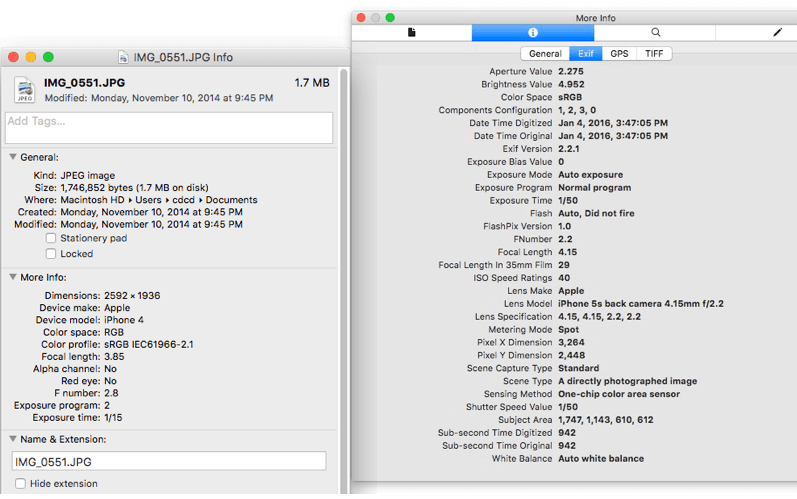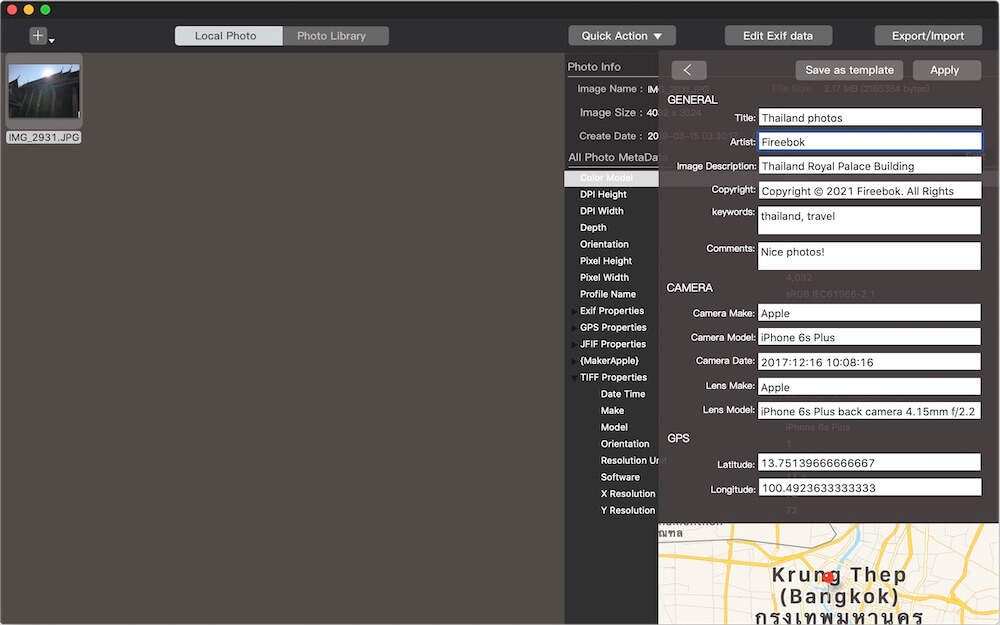

Selected files are renamed in the following pattern YYYYMMDD-001.jpg. It also ignores any files that are not JPEGs so I do not need to worry about what is in subdirectories. I use the following script, placed in ~/.local/share/nautilus/scripts (this should work for any Linux distro using Nautilus as a file manager): #!/bin/bashĮxiftool -fileOrder DateTimeOriginal -recurse -extension jpg -ignoreMinorErrors '-FileName You can also specify individual images if you want.Ībout the copy number: This is an important thing to put in your filenames because many cameras don't provide fractional seconds in their timestamps. is the path of the directory where you want to operate. The next argument tells ExifTool to change the filename to whatever is in the CreateDate field in the EXIF using the date format specified earlier.įinally, the. I'll explain why that's important in a minute. The three zeros after the time are a copy number put there by %%-03.c in the date format. The pattern contains date format codes that fill in various bits and pieces from the date. The -d switch tells ExifTool to format dates according to the next argument's pattern. It has a steep learning curve, but once you're over it, the kind of renaming you're after is a snap: exiftool -d '%Y%m%d-%H%M%%-03.c.%%e' '-filename This knowledge is very important not only for amateurs but also for more experienced photographers who want to know what equipment a shooter used for capturing a particular picture. This is a handy feature when you are searching for images taken with a particular lens, camera, or using certain configurations.įor novices, this is a great opportunity to see what configurations were used in a particular photo, since metadata stores information about processing, color adjustment actions, and even filters that were applied. You can select the files you want to read about. Press the header to check what kind of info the program can reveal. Click on the tab to see a pull-down menu. Launch Lightroom, head to Library Module, find a Metadata tab in the Filter bar for learning more info about a file.




 0 kommentar(er)
0 kommentar(er)
